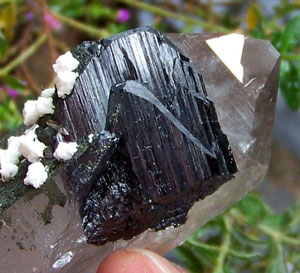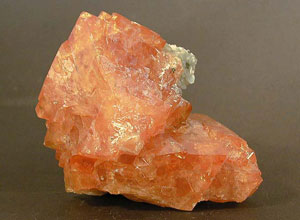Interesting Facts About Tungsten
Distribution of Tungsten Resources
Global tungsten resource reserves are abundant. The tungsten content in the Earth’s crust is approximately 0.001%. More than 20 types of tungsten minerals have been identified. These include tungsten ore, wolframite, scheelite, and wolframite ore. Only wolframite and scheelite are economically viable. Wolframite accounts for around 30% of the total resources, while scheelite makes up about 70%.
Regional Distribution
Worldwide tungsten occurrences concentrate chiefly in the Alpine-Himalayan region and along the Pacific geological belt.
In Russia, tungsten ore occurrences are located in the Northern Caucasus, Eastern Siberia, and the Far East of the Zinn-Holt-A-Lin range; the largest mine is Verkhne-Kayrakty.
In the United States, tungsten mines are concentrated in California and Colorado.
In Canada, tungsten deposits are mainly situated in the Selwyn ore belt.
Country Distribution
According to the United States Geological Survey (2015), global tungsten reserves amount to approximately 3 300 000 tonnes. China holds 1 900 000 tonnes of these resources, representing around 58% of the global total.
Classification of Tungsten Ore

Wolframite
Owing to the varying proportions of iron wolframite and manganese wolframite, it is also referred to as tungsten-manganese iron ore. This type accounts for approximately 30% of global tungsten ore resources. A higher iron content results in an increased tungsten concentration. The colour of wolframite varies with the iron and manganese content. Common colours include grey, dark reddish-brown, light brown, dark brown, and brown. Wolframite exhibits a metallic or semi-metallic lustre. It is brittle and shows weak magnetic properties. It is primarily used for refinement and the production of tungsten.

Scheelite
Scheelite is a granular or massive mineral that is transparent to translucent. Its colour varies with the molybdenum content. Common colours include white, grey, yellow, violet, brown, pink, and green. Scheelite constitutes approximately 70% of global tungsten resources. The mineral exhibits luminescence, displaying light blue and yellow fluorescence under UV irradiation.
Scheelite forms in contact metasomatic deposits, high-temperature hydrothermal veins, and greisens. It is primarily used in the production of ferrotungsten and may also be used for permanent magnets.

 Bars
Bars
 Beads & Spheres
Beads & Spheres
 Bolts & Nuts
Bolts & Nuts
 Crucibles
Crucibles
 Discs
Discs
 Fibers & Fabrics
Fibers & Fabrics
 Films
Films
 Flake
Flake
 Foams
Foams
 Foil
Foil
 Granules
Granules
 Honeycombs
Honeycombs
 Ink
Ink
 Laminate
Laminate
 Lumps
Lumps
 Meshes
Meshes
 Metallised Film
Metallised Film
 Plate
Plate
 Powders
Powders
 Rod
Rod
 Sheets
Sheets
 Single Crystals
Single Crystals
 Sputtering Target
Sputtering Target
 Tubes
Tubes
 Washer
Washer
 Wires
Wires
 Converters & Calculators
Converters & Calculators
 Write for Us
Write for Us
 Chin Trento
Chin Trento


